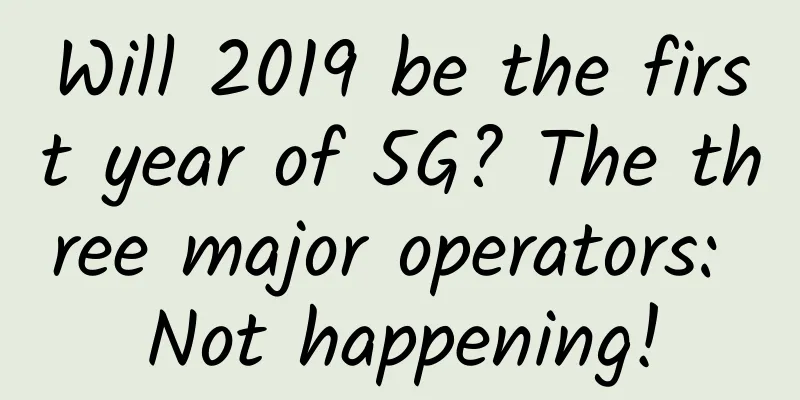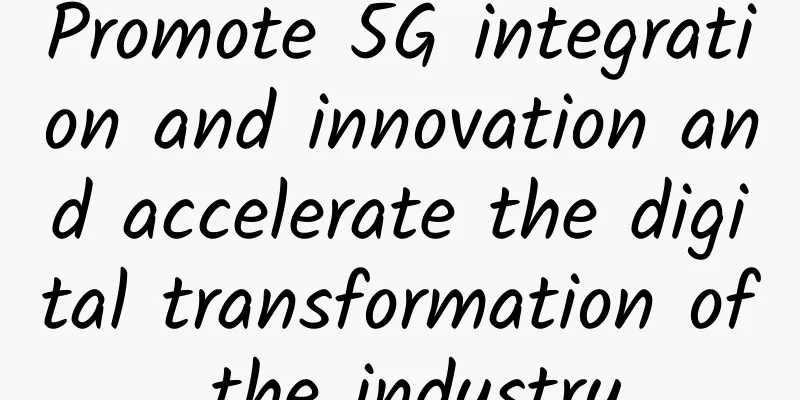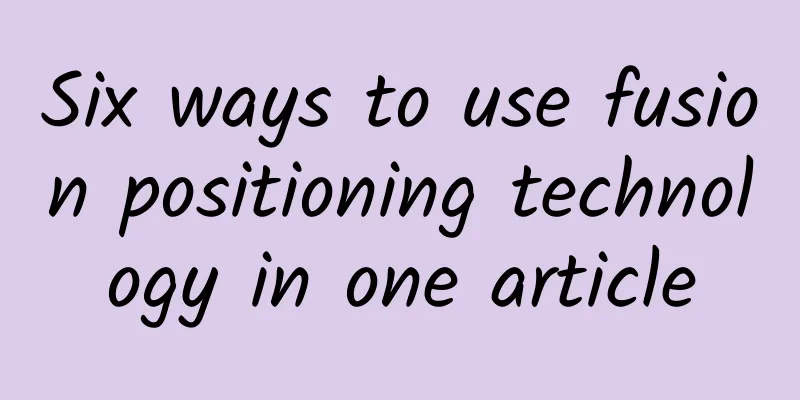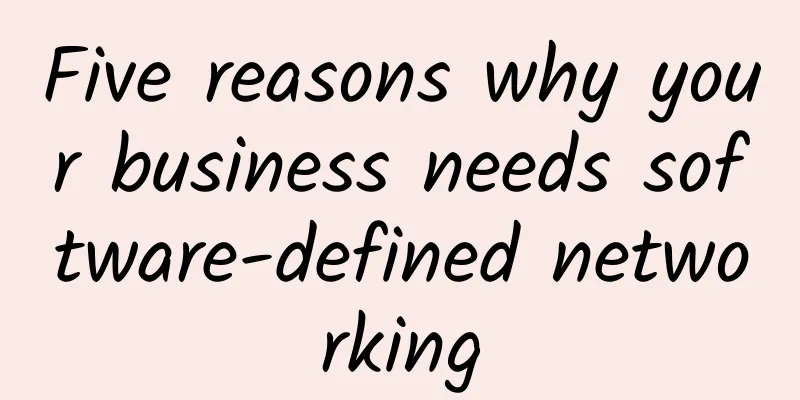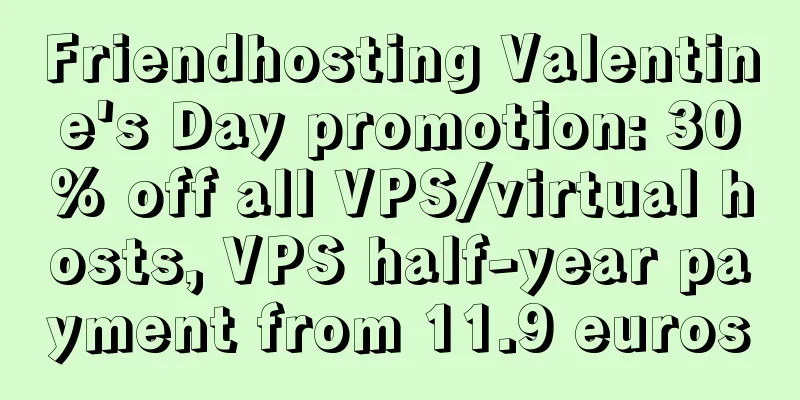Do you know two common communication methods of Vue?
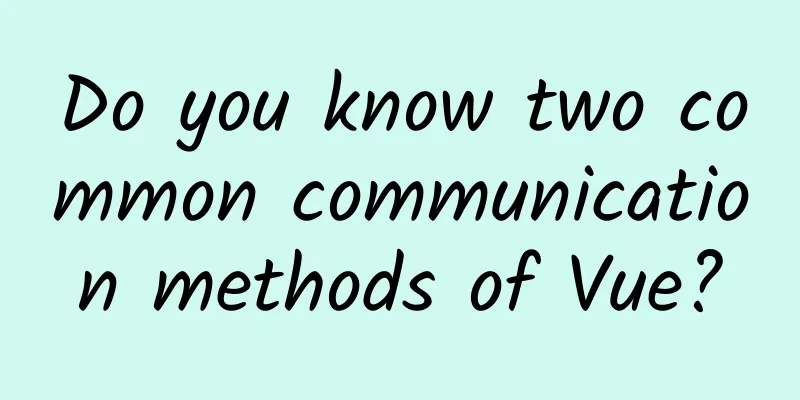
|
Vue component development is a very wonderful process, because it reduces the coupling between codes and improves reusability, which is directly good news for us developers. However, components are components, and there are several different relationships between components. Different relationships require corresponding communication methods. For example, the relationship diagram between components is like the one below. There are more components than these, so how should these complex component communications be handled? Next, I will introduce two common component communication methods of Vue. Parent-child communication "props / $emit"From father to sonI want to pass data from the parent component to the child component, that is, from the app component to the A component in the figure above. I can first define an array in the App.vue component, and then bind it to the child component through v-bind. < template > Then receive it through props in the child component, and then render it in a loop! < template > Browser effect: From son to fatherTo pass parameters from a child component to a parent component, first we create a click event in the child component, and then we trigger the $emit event by clicking to send the value we want to pass. < template > Then we listen to the events of the child component through on in the parent component and receive the passed value and then trigger the event here, so as to achieve the purpose of passing from child to parent. < template > The browser displays the following: Brother CommunicationsBus communication is recommended for sibling communication because two components can communicate with each other directly, thus eliminating the two steps of passing information from child to parent and then to child. First, declare a bus, that is, create an EvenBus.js in a suitable place, and then the internal structure is as follows: import Vue from 'vue' Then some people may wonder why the Vue instance is introduced in this way. Let's continue reading with this question. Then I put two components inside the App component, BroderB.vue and BroderD.vue. APP.vue < template > Then let's look at BroderB.vue < template > I introduced EvenBus here, and then triggered the event through the click event, and then responded here why we need an instance, because each instance has an emit method, and of course a listening $on method. Then pass this event and value out. Then receive it in BroderD.vue < template > Listen to the $on event in the mounted hook function of this component and trigger the method here, so that the two components can communicate, and then the method here receives and uses the value Then some people may ask why there is a beforeDestroy hook function behind it. It must be useful. When we end this component, it is best to unbind the evenBus, because if it is in the project, there may be some strange problems. Then we look at the browser as follows |
>>: Operating system: Introduction to SFTP related knowledge
Recommend
ZJI 20% off, 440 yuan/month-2*E5-2620/16G memory/240G SSD/10M (CN2+BGP)/Korean server
ZJI was founded in 2011. It is the original well-...
Cisco releases AI Readiness Index: What is the current status of AI readiness among Chinese companies?
In 2023 , AIGC has created a huge wave in the fie...
Big data industry is a new trend. What are the advantages of operators?
The big data industry is a strategic emerging ind...
PoE Troubleshooting Guide: Common Problems and Solutions
Power over Ethernet (PoE) is a revolutionary tech...
5G and machine learning: Transforming cell towers from smart to genius
[[335632]] 5G ushers in new “genius” networks to ...
How online help documents/user manuals can help companies better understand their users
Did you know that every negative review you recei...
Is your home WiFi secure? Beware of router attacks
WiFi has now been fully integrated into our lives...
When porting your number to another network, operators should first change their service mindset
Because the Premier clearly pointed out in the go...
Why don’t we have more options for in-building connectivity?
2019 was a transformational year for the telecomm...
Σco Time | Huawei releases iSitePower intelligent site energy to accelerate industry digitalization
[51CTO.com original article] Since the outbreak o...
What are the main application scenarios of 5G?
5G networks offer greater bandwidth than previous...
AkkoCloud: CN2 GIA Germany/CN2 GIA UK/CN2 GIA USA routes starting from 99 yuan/quarter or 299 yuan/year
AkkoCloud is a business that mainly provides CN2 ...
UFOVPS limited 10% off + recharge rebate, US CN2 GIA/Hong Kong CN2 GIA/Japan CN2 GIA optional
UFOVPS is a Chinese hosting company founded in 20...
Hacking Bitcoin and the Blockchain
Turn on the TV or read a tech blog, and you will ...
Do you know the misunderstandings about 5G?
Today I will reveal to you five misunderstandings...
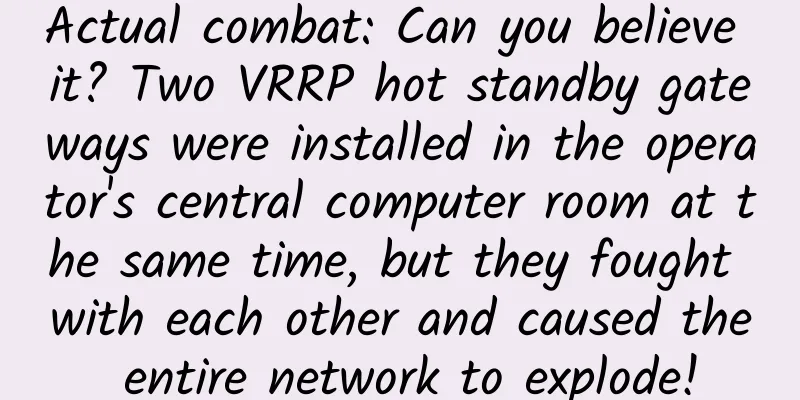
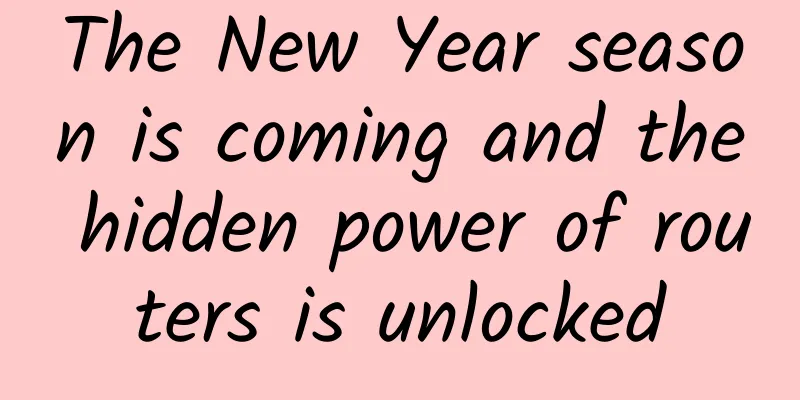
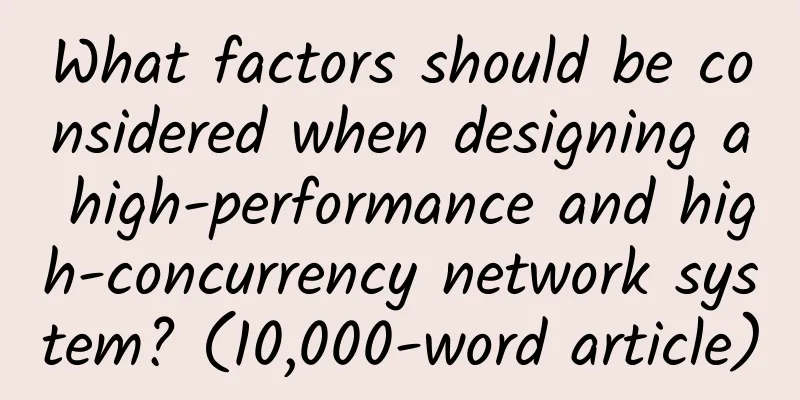
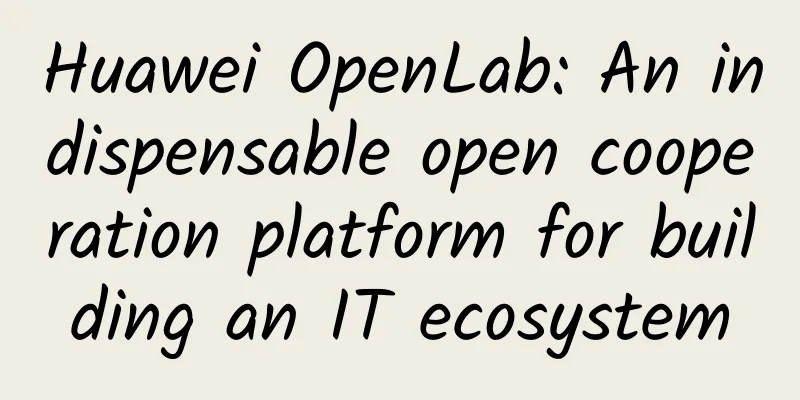
![[cyberMonday] DediPath: VPS starts at $10 per year, dedicated server starts at $108/three months, 1Gbps unlimited traffic, multiple data centers in Los Angeles and other places](/upload/images/67cac00425403.webp)
